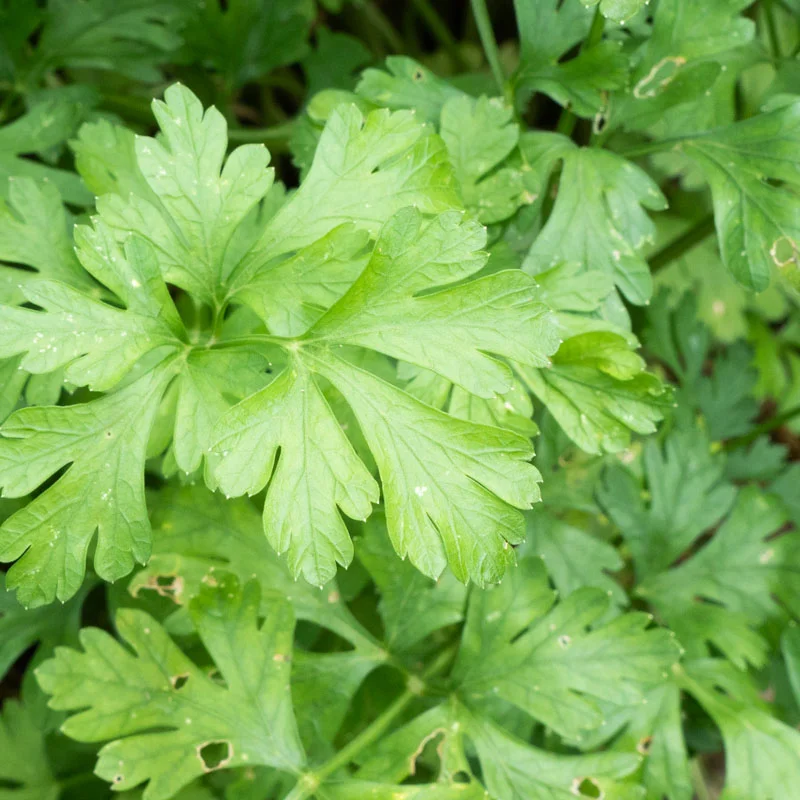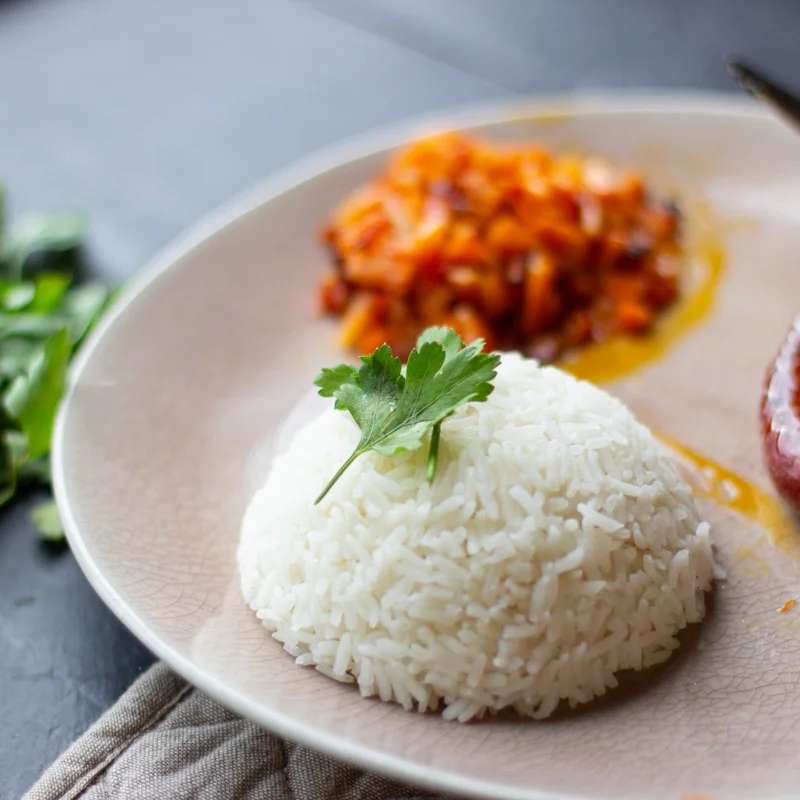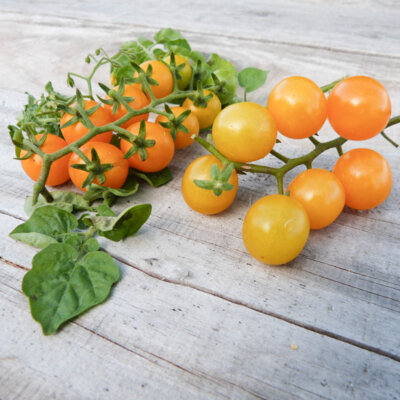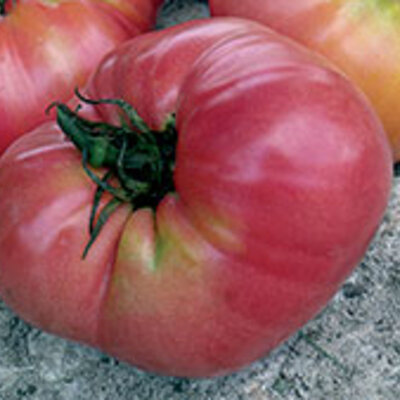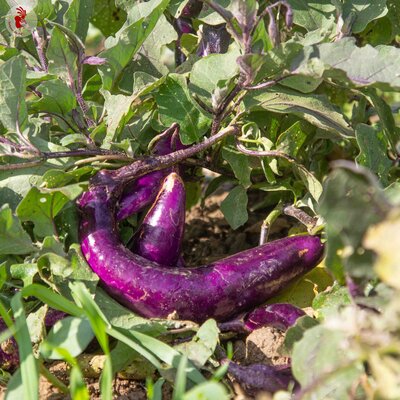Italian Giant - Parsley
Giant Italian Parsley
This ancient variety of aromatic plant produces simple, dark-green foliage.
Spots on the bags are due to the oil contained in the seeds.
What are the characteristics of Giant Italian Parsley?
Italian Giant Parsley, Petroselinum crispum, also known as "Grand Naples" or "Persil Plat", is a hardy aromatic plant native to Italy, first mentioned in Vilmorin-Andrieux's 1883 book Les Plantes Potagères. This mid-season variety can reach 25 to 30 cm in height. Highly fragrant, it has broad, pointed, dark-green leaves.
When and how to sow Giant Italian Parsley?
Giant Italian Parsley should be sown from February to June in a container, under a light shelter, at a temperature of between 10 and 23°C, or directly in the garden (March to October). This variety can be grown both in pots and in the ground. Germination can take up to a month. It is essential to keep seedlings sufficiently moist throughout this period to guarantee seed emergence.
- Soak seeds in a glass of water for 1-2 days;
- Sow seeds on the surface in sowing compost;
- Water the seeds lightly;
- Set up indoors under a light source or in a nursery. Keep potting soil moist until emergence;
- When the plants have 4 to 5 true leaves, transplant the rootball into the vegetable garden. Parsley thrives in chalky, humus-rich soil and in semi-shade;
- Mulch the plants to keep the soil cool and moist;
- Maintain a minimum distance of 15 cm between plants, in rows 30 cm apart.
This variety is easy to reseed in the garden.
What companion plants should I use with Giant Italian Parsley?
In the vegetable garden, aromatic plants help control pests and attract pollinators. We therefore recommend planting them between vegetables, rather than in a separate square.
More difficult to combine than basil or dill, parsley does well among tomatoes, onions and leeks. Be careful to keep it away from lettuces.
How to use Giant Italian Parsley?
Flat-leaf parsley is harvested from May to November. It's best to pick the leaves as and when you need them, or to preserve them in oil. Freezing and drying reduce their flavor. In cooking, parsley flavors and decorates many dishes around the world: salads, pesto, raw vegetables, meat, fish, sauces...
Rich in vitamins C and K, as well as iron and magnesium, parsley has anti-anemic, aperitif, stimulant, tonic and digestive properties. It can help with bloating, constipation, indigestion and intestinal parasites. It is also used for heart problems - poor circulation, hypertension - respiratory and menstrual disorders. Its leaves are eaten raw, as an infusion or decoction.
These products may also be of interest to you
in the ground, in bucket
Sow lightly in a nursery. Cover with a thin layer of soil and keep moist until emergence. Transplant at 4-5 leaf stage, every 8 cm, in rows 30 cm apart. You can also sow directly in place, in rows 30 cm apart, and then thin out to 8 cm along the row. For better emergence, soak the seeds for 2 days in water and keep the soil cool.
Parsley can take up to a month to germinate.
February, March, April
March, April, May, June, July, August, September
January, February, March, April, May, June, July, August, September, October, November, December
in the ground, in pot
semi-shade, sunny
medium
limestone, humus, potting soil
light, fees
Petroselinum crispum
mid-season
2 grams
Green
From 25 to 30 cm
dish
Italy
1883
"Vilmorin-Andrieux "Les Plantes Potagères
This ancient Italian variety is also known as "Grand de Naples". It is mentioned in Vilmorin-Andrieux's 1883 book "Les Plantes Potagères".
Parsley is very rich in vitamins C and K, as well as iron and magnesium. It has anti-anemic, aperitive, stimulating, tonic and digestive properties. It can help with bloating, constipation, indigestion and intestinal parasites. It is also used for heart problems - poor circulation, hypertension - respiratory and menstrual disorders. Its leaves are eaten raw, as an infusion or decoction.



